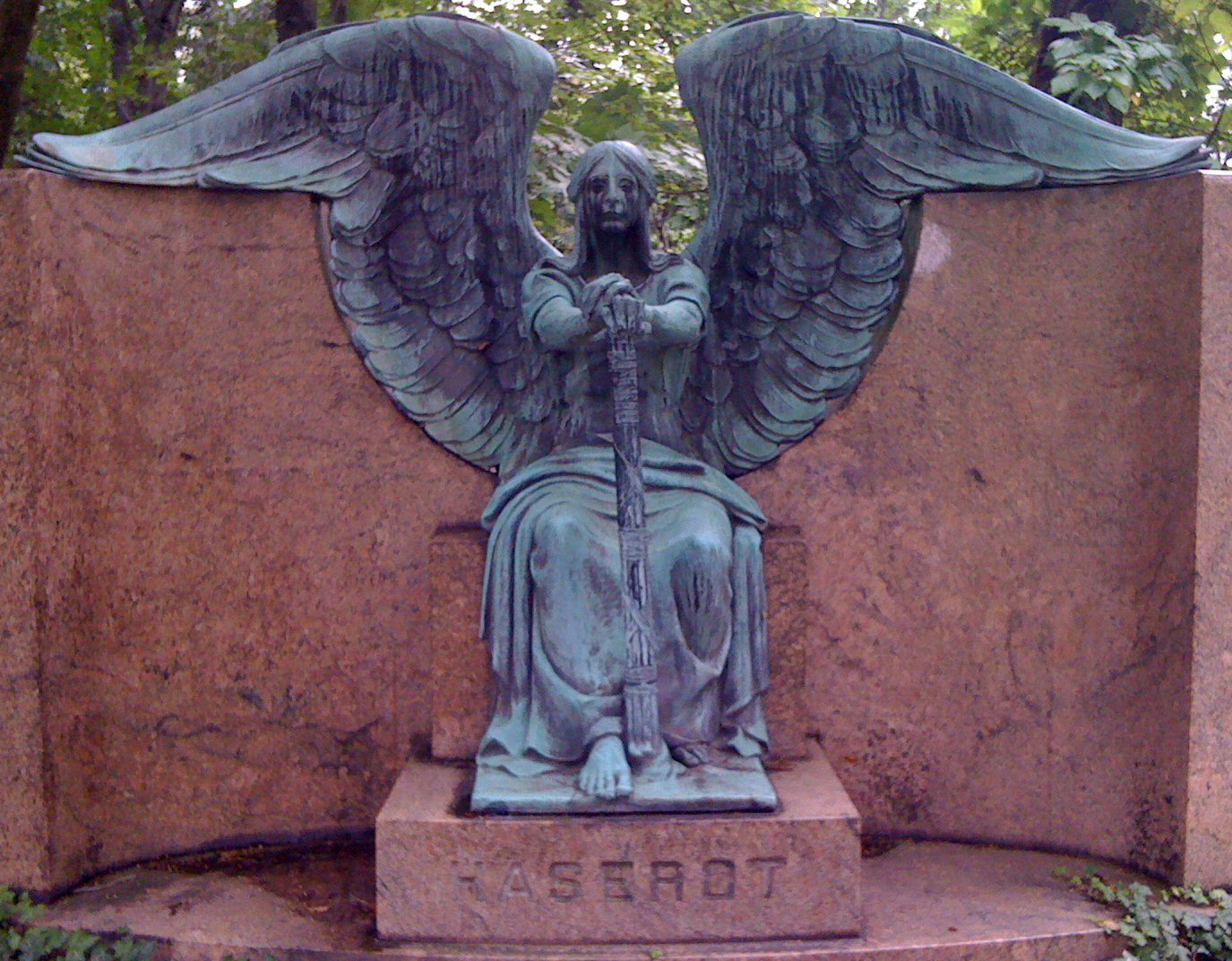"Beauty And The Beast" Envisioned As A Roleplaying Module
As many of you know, I’m writing an RPG module for the first time, and I’m finding the process a fascinating challenge. I’ve written nonfiction books, and a whole lot of fiction, and a roleplaying module is a weird blend of the two. Because you have a backstory you’re trying to tell – and ideally, a backstory that guides the PCs to some form of action – but you have to decide where to drop that information so that the PCs will stumble upon it.
As an example, let’s talk about the greatest Disney RPG module ever created: Beauty and the Beast.
You may think of Beauty and the Beast as a movie, but it’s actually a perfect setting for a roleplaying module – in fact, at the end, several low-level adventurers attempt to explore the castle, much to their chagrin, resulting in a Total Party Kill. (This is when the torch-wielding villagers break into the castle at Gaston’s urging, only to get trounced by sneak attacks from animated furniture.) You have a grand castle with explicit areas – the library! the ballroom! the woods filled with wolves! – and weird creatures like talking clocks and sentient cabinets, and a fascinating backstory of a Beast who can be turned human. All of that’s right out of D&D, man. Doesn’t take much to tweak it that instead of True Love to free the Beast, you must instead shatter the glass rose to free him, and then your players are hip-deep in fighting feral chiffarobes as they struggle to get to the Beast’s chamber.
The question is, how do you write up that module?
The backstory is fascinating – a Beast and his castle, cursed by a wandering witch, needing to be set free. And on the one hand, you could place a pinata NPC at the beginning – say Lumiere – having someone meet them at the gates of the castle to say, “Hello, bold adventurers! We have been cursed, and here is how you free us! Fight your way in!” And then the players have a very clear line of action to have, struggling to the chamber. Victory is clear and compelling!
But then – and this will irritate some parties – the players have no agency, and encounter no mystery. They have been told what to do, and even if they are successful, they have merely enacted someone else’s plan. You can make it super-exciting on a micro-level – fear the sentient knives in the kitchen, my friends! – but on a large scale, this is a simple story that may bore groups who don’t feel like cookie-cutter adventures.
On the other hand, you can space out the information. They enter the castle – and wonder why the cabinets move, why the rug coils up like a snake, what that shadowy snarl from some fearsome Beast is and when it will attack them. Clearly, something has gone dreadfully wrong, and as the designer it’s your job to scatter the elements of the story through the castle in a Bioshock-style format – a dusty diary reveals the story of the witch, some other clue reveals a potential way to break the spell, a frightened Belle running from the Beast tells of the Beast’s cruel streak, and bold Cogsworth explains why the Beast is worth saving.
This story is more compelling to some, who’ll enjoy finding the mystery within. But it also doesn’t give the players a clear line of action, which will frustrate many players – “Why are we roaming in this crazy castle?” – and it may make them feel dumb if they can’t piece together the information you give them into something to do. The failure state of this more ambitious roleplaying module is that players wander around not sure what to do, shrugging as they move on to the next room instead of boldly pursuing it. The PCs may even botch the rescue entirely.
So maybe you go with some kind of hybrid method, revealing the action up-front to lure them in, but burying surprise “plot twists” in the castle – but as a game designer, that’s an additional layer of complexity to add. Because you can’t control the players truly, you can just sort of funnel them towards what you think would interest them, and writing this as if the PCs will follow a predetermined course will lead to a dissatisfying adventure.
The real answer is that there’s no wrong way to write this adventure – but there’s also no perfect way to write it, either, even though this tale’s as old as time. The elements remain the same no matter what approach you take: the castle with its rooms to explore, the Beast that must be freed or damned, the witch who cast a spell. But those elements, clear as they are, do not make a game. You, as the designer, have to figure out how to rearrange and present those details for maximum effect, and to do that you have to decide what that effect should be.
Which is what writing stories is all about, actually.

